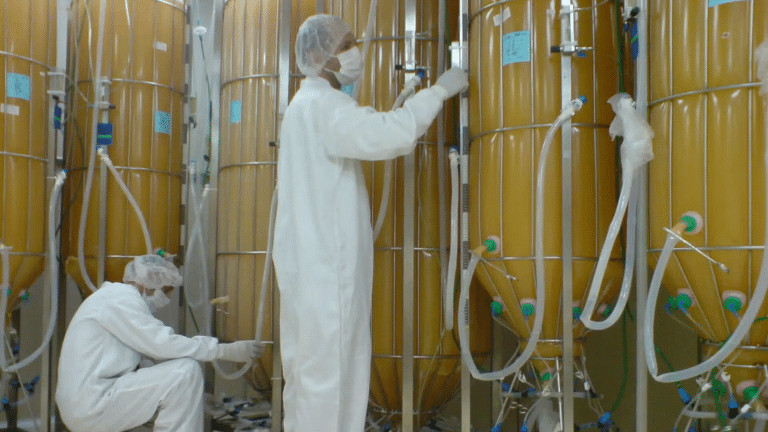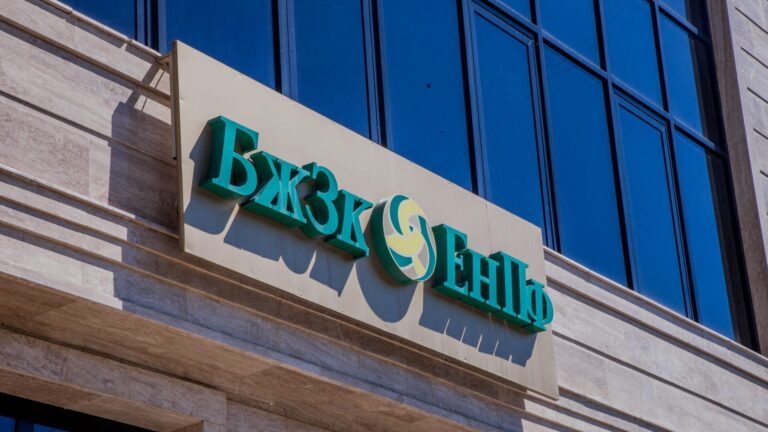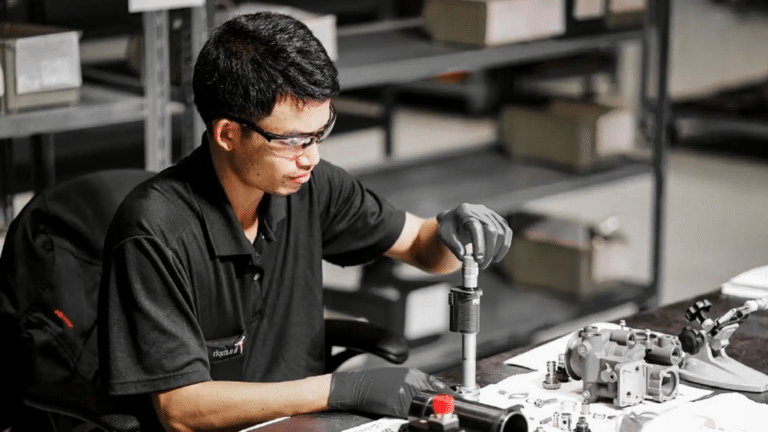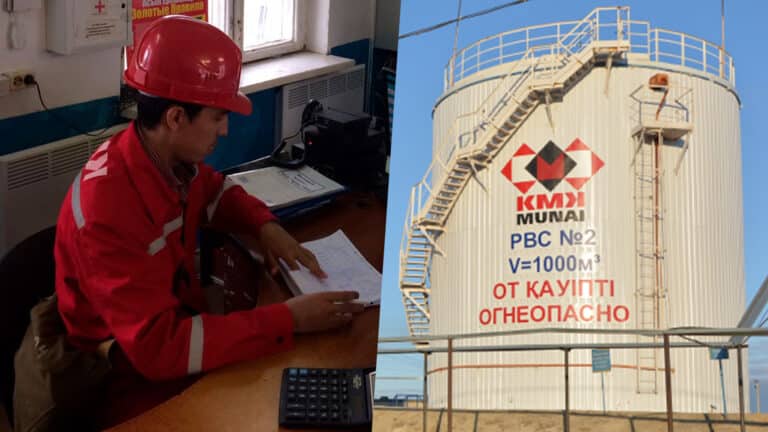
“A caravan of combine harvesters chew up the grassland under the open prairie sky. They hum along in staggered rows, on the way to fill up grain elevators in the distance. The air smells like a combination of a bakery, brewery, and grassland,” Lionel Kambeitz, cofounder of Canada’s Above Food, poetically describes the business. Since its inception in 2019, the company has set an ambitious goal to revolutionize what it estimates as the $200 billion plant-based protein market. In its short history, the company has seen several mergers and acquisitions, gone public, and faced losses and working capital shortages. Nevertheless, Above Food claims it has the potential to double its current revenue.
A family business
Above Food is in the plant-based protein business. Over the last two years, sales of meat alternatives in the U.S. alone have grown nearly 30% to $5 billion, according to the company. Unlike many other ventures in this segment, Above Food is “seed to fork,” growing its crops, processing them, and making products that then go to store shelves. It cultivates seven protein-rich crops, including lentils, oats, and beans. Its products include plant-based meat and cheese alternatives, baked goods and pizzas, and baby food. The company has its own plant breeding laboratories, processing facilities, a grain terminal, and even a fleet of rail cars.
Cofounder Lionel Kambeitz is a fourth-generation farmer, with his family’s Kambeitz Farms founded in 1899. “My father and his father before operated on a singular principle — as a farmer, you are a steward, not an owner of the land; you need to care for it, improve it,” Kambeitz told Authority Magazine. The other Above Food cofounders are Martin Williams, Tyler West, and Donato Sferra. Williams and West have worked in agriculture or the food sector or both, while Sferra is a financier and investor with over 20 years of experience, ranging from mining and gaming to cannabis and now food. Note that Williams spent 12 years advising Fortune 500 consumer goods manufacturers on innovation and go-to-market strategy.
From the outset, Above Food aimed to change consumer perceptions of plant-based meat and dairy alternatives. Many plant-based protein products contain only some of the amino acids the body needs, putting those who avoid animal protein at risk of nutrient deficiencies. According to Above Food materials, the company has patented a formula that contains all nine essential amino acids.
“I’ve been obsessed with the healing power of food for over 30 years,” Williams told Authority Magazine. What started that obsession, he says, was his mother’s illness. When he was 13, his mother, a carrier of the Epstein-Barr virus, fell ill and was bedridden for nearly six months, with traditional treatments proving ineffective. As Williams tells it, only after the family turned to a naturopath, who changed his mother’s diet, did she improve. While pointing out that there may not have been a direct, cause-and-effect relationship between her illness and dietary changes, he says “imagine the profound impact this experience would have on you if you witnessed it during your formative years.” Indeed, Williams’ entire career has been tied to the food sector in one way or another.
‘Seed to fork’
Above Food is based in Regina, Saskatchewan. The open plains of Canada and the vast northern plains of the U.S. offer ideal conditions for growing pulses, Kambeitz explained — there is not too much rainfall, 17.5 hours of sunlight a day, and biting cold winters that effectively kill pests. As a result, there is no need for intensive use of pesticides, sprays, and other harsh chemicals.
Williams says that in the traditional business model, food sector companies operate in one or two of three segments: crop cultivation, processing and production, and packaging and selling finished products. Above Food initially sent raw crops to processors, but then had to buy back the finished products at higher prices and sell them through third-party distributors and platforms. “We had the technology and capital but lacked infrastructure and scale,” Kambeitz recalls.
The company therefore set out to control the entire process, operating on a “seed-to-fork” model. It began looking for the necessary assets, and has now completed no fewer than eight deals in its short history. One of the largest was the 2020 merger with plant-based protein ingredient supplier Purely Canada Foods, then led by Tyler West, one of Above Food’s four cofounders. With the merger, Above Food gained access to Purely Canada’s assets — a grain terminal in Canada, railway infrastructure, a private railcar fleet, land, and a global client base. Then, in 2021 Above Food acquired oat-based food manufacturers Only Oats and Culcherd and announced a partnership with Atlantic Natural Foods, a maker of plant-based seafood and egg alternatives. The Atlantic Natural Foods deal was valued at over $30 million. The next year, Above Food bought Sonic Milling Systems, a food-technology company aiming to reduce the energy involved in creating plant-based ingredients and products, and Canadian quinoa product producer NorQuin. Finally, in 2023 Above Food reached a deal to buy AI-based genomic assets from ag-tech NRGene Technologies, planning to supply elite crop varieties with higher yields to other manufacturers.
The company has become what Williams calls the first vertically integrated plant-based food producer in North America. With the new assets, it can bring down unit economics to be more price-competitive with meat and dairy-based products, he said.
Aggressive growth and its consequences
In the 2021 fiscal year (ended January 31, 2021), Above Food’s revenue was $113 million, which grew to $293 million by 2023. The growth was largely attributable to the spree of mergers and acquisitions.
Above Food completed a private placement of $40.2 million back in 2021 and raised another $35.0 million in January 2024. Still, the goal was always to go public, Kambeitz said, and in June 2023 the company announced the completion of a merger with SPAC Bite Acquisition.
Above Food was valued at approximately $319 million in the deal, Just Food magazine reported, and planned to use around $44 million of the proceeds to finance development and replenish working capital. However, the process dragged on, and the company had to file amendments to registration documents with the U.S. Securities and Exchange Commission several times. Above Food shares began trading on the Nasdaq only on July 1, 2024.
The funds are much needed by Above Food. In July, it informed investors that it lacked enough working capital to continue growing its business in the 2024 fiscal year. As of June 30, its gross debt was $42.9 million, versus cash and equivalents of $900,000.
Revenue for the 2024 financial year was around 7% lower than the previous year, totaling $273 million. The gross loss nearly quintupled at $4.4 million. The net loss came in at $39.5 million, up almost 15% from the previous year. Above Food attributed the “significant losses” in the 2023 and 2024 fiscal years to fees paid to consultants to prepare the company to go public, deals, and implementing the systems necessary to be publicly traded.
Nevertheless, Above Food believes its business has a great outlook. It claims to operate in a market worth over $200 billion and already has 260 clients and 62,000 retail points. The company puts the revenue potential of its agricultural segment at $650 million per year. By controlling its production and distribution channels, Above Food aims to achieve higher margins and operational efficiency.
On the first day of trading, the stock opened at $1.20 per share, rising to close at $1.38. On Wednesday, August 7, Above Food slid 7.64% to $1.33 per share, but rose slightly in after-hours trading. Over the last five days, it is up almost 9%.













